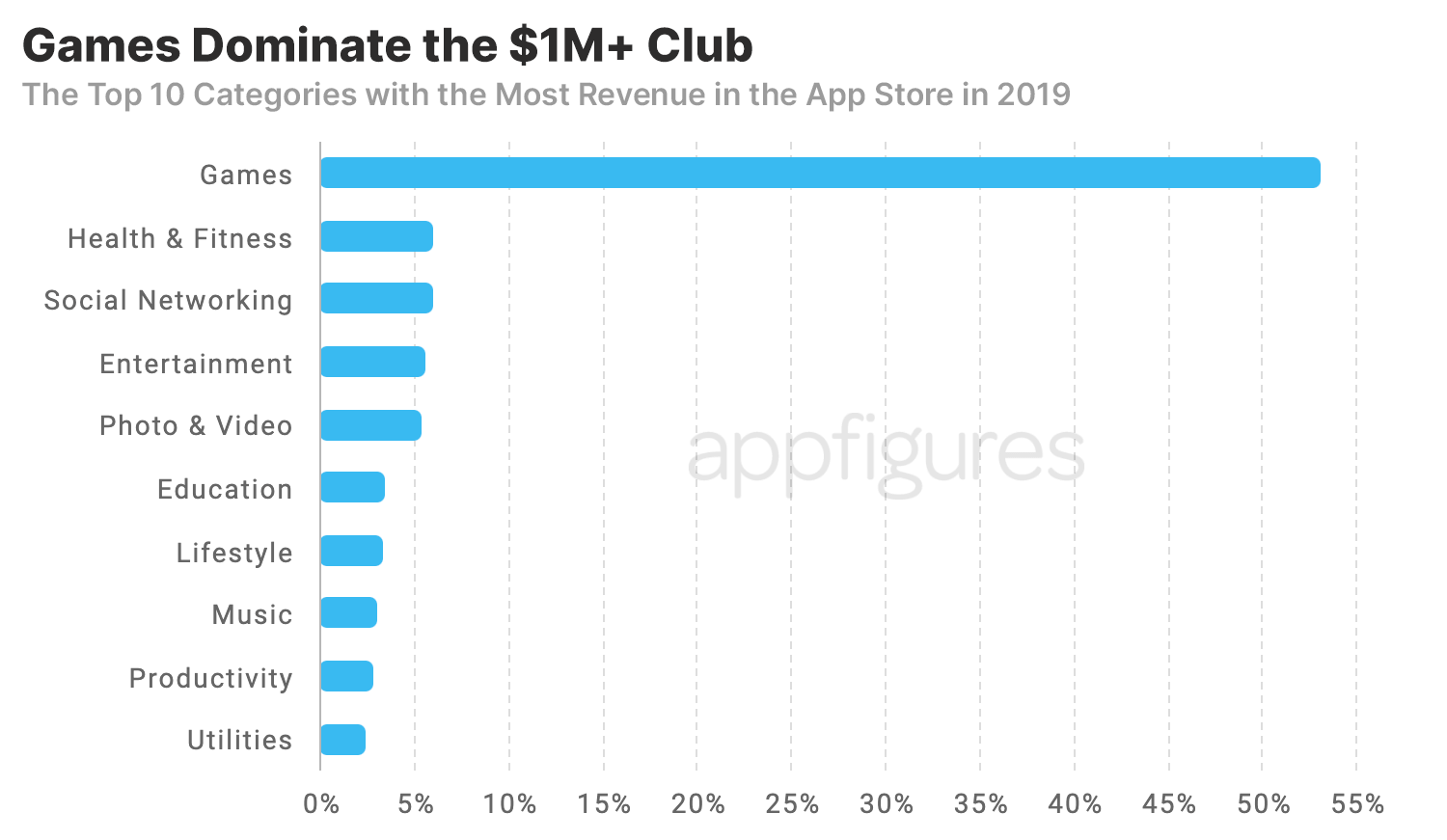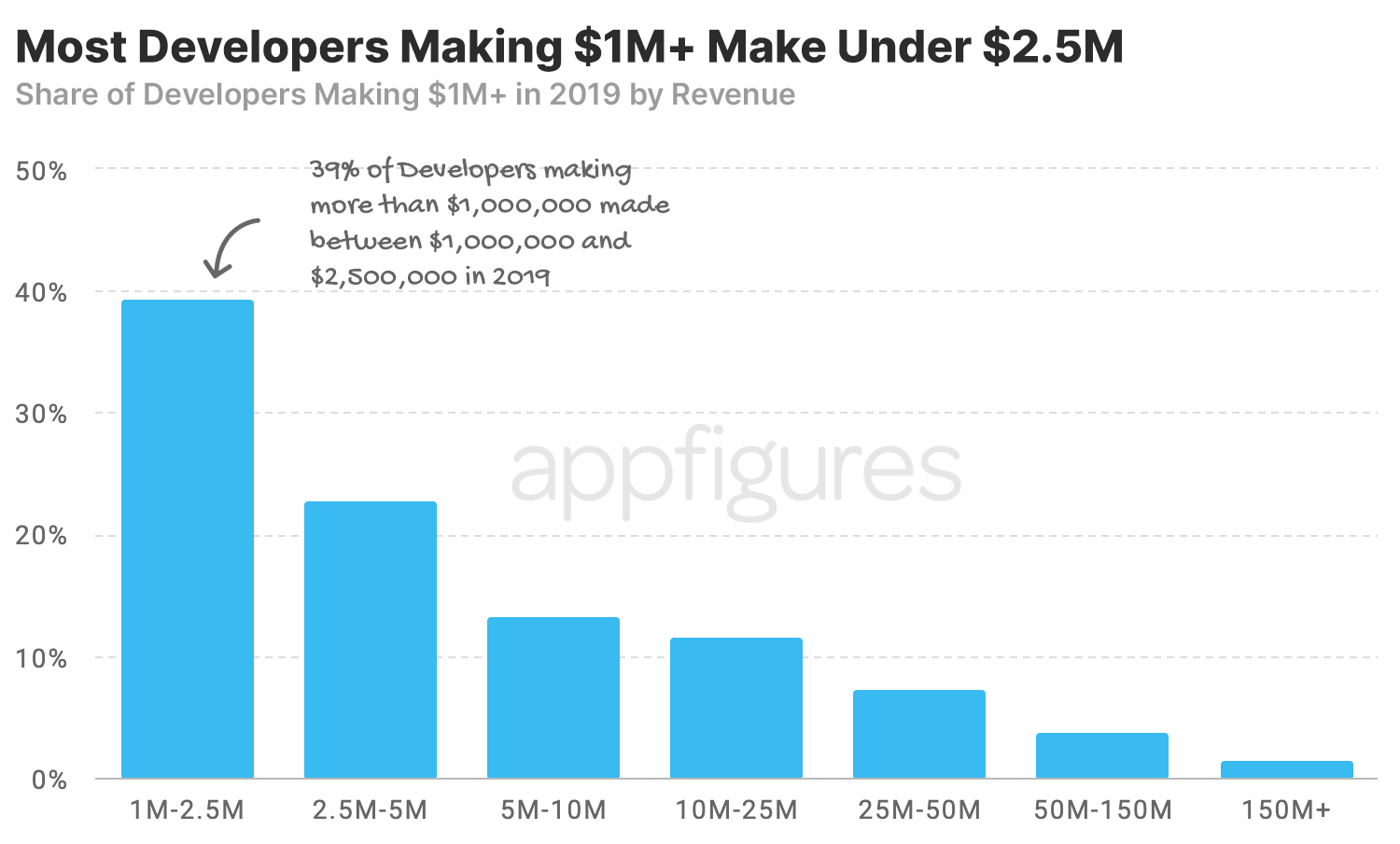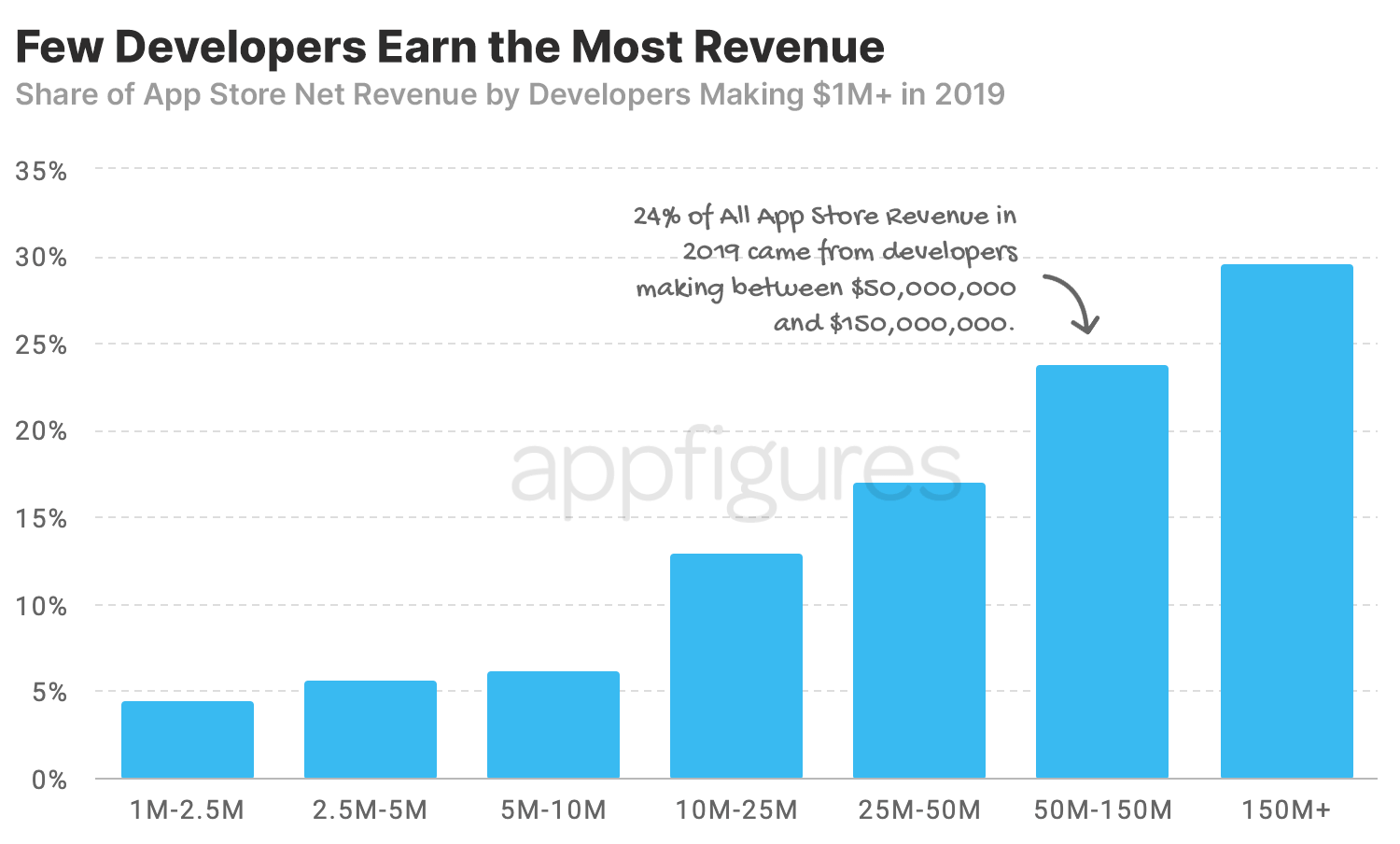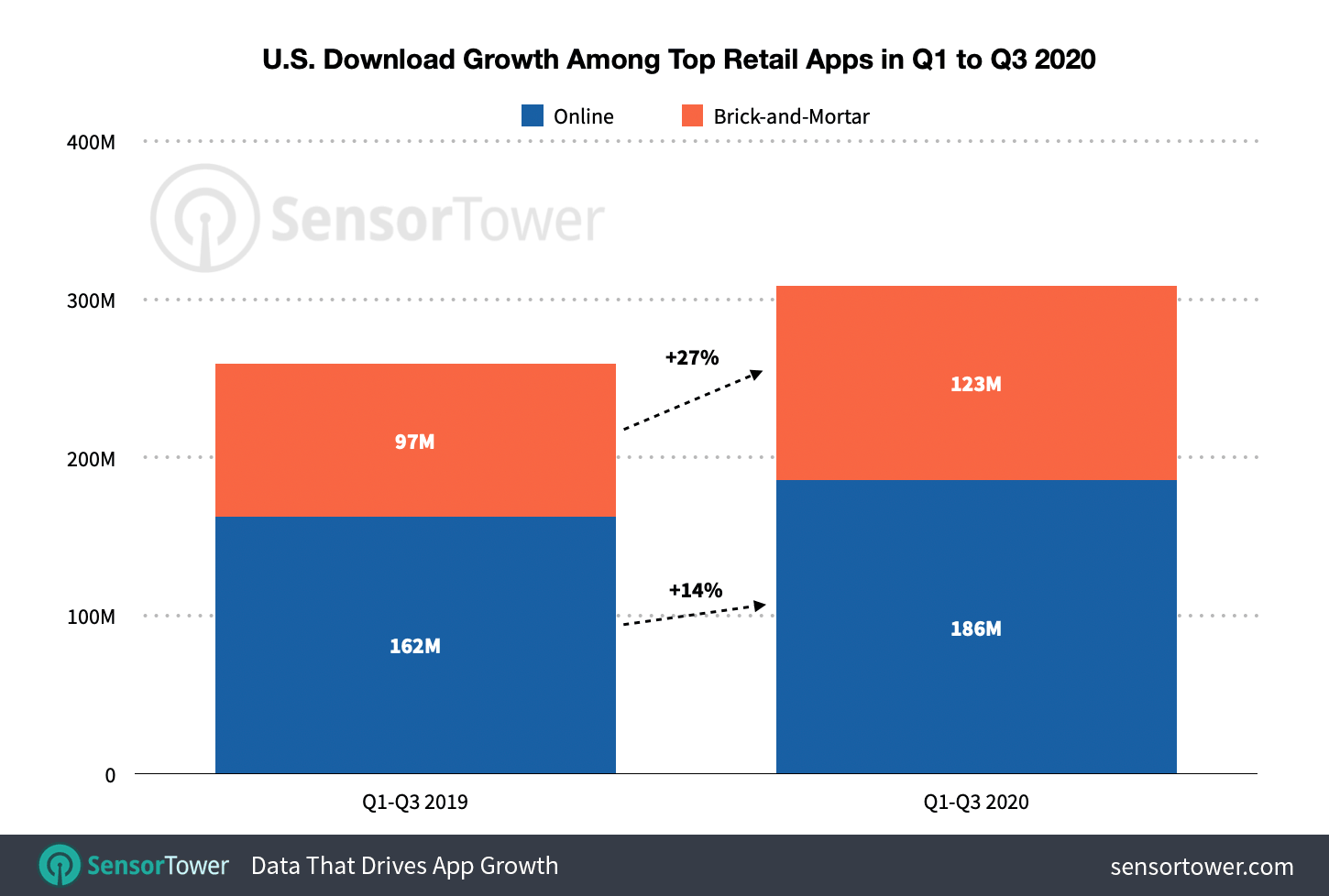In the past decade, celebrity interest and investment in tech companies has significantly increased. But not all celebrity investments are created equally. Some investors, like Ashton Kutcher, have prioritized the VC pursuits. Some have invested casually without getting overly involved. Others have used their considerable platforms to market their portfolio to varying degrees of success.
It’s been a little over a year since Ryan Reynolds bought a majority stake in Mint Mobile, a deal that has already had a dramatic impact on the the MVNO (mobile virtual network operator).
The four-year-old company has seen a tremendous amount of growth, boosting revenue nearly 50,000% in the past three years. However, the D2C wireless carrier has seen its highest traffic days on the backs of Reynolds’ marketing initiatives and announcements.
There is a long history of celebrities getting involved with brands, either as brand ambassadors or ‘Creative Directors’ without much value other than the initial press wave.
Lenovo famously hired Ashton Kutcher as a product engineer to help develop the Yoga 2 tablet, on which I assume you are all reading this post. Alicia Keys was brought on as BlackBerry’s Global Creative Director, which felt even more convoluted a partnership than Lady Gaga’s stint as Polaroid’s Creative Director. That’s not to say that these publicity stunts necessarily hurt the brands or the products (most of the time), but they probably didn’t help much, and likely cost a fortune.
And then there are the actual financial investments, in areas where celebrities fundamentally understand the industry, that still didn’t get to ‘alpha.’
Even Jay-Z has struggled to make a music streaming service successful. Justin Bieber never really got a selfie app off the ground. Heck, not even Justin Timberlake could breathe life back into MySpace. Reynolds seemingly has an even heavier lift here. It’s hard to imagine a string of words in the English language less sexy than, “mobile virtual network operator.”
Reynolds tells TechCrunch that he viewed celebrity investments as a kind of “handicapping,” prior to the Mint acquisition.
“I’ve just sort of seen how most celebrities are doing very, very well,” he explains. “We’re generally hocking or getting behind or investing in luxury and aspirational items and projects. Then George and I had a conversation about a year-and-a-half ago, maybe longer, about what if we swerved the other way? What if he kind of got into something that was hyper practical and just forget about the sexy aspirational stuff.”
Mint isn’t Reynolds’ first entrepreneurial venture. He bought a majority stake in Portland-based Aviation Gin in 2018, which recently sold for $610 million. He also cofounded marketing agency Maximum Effort alongside George Dewey, which has made its own impact over the past several years.
Maximum Effort was founded to help promote the actor’s first Deadpool film. Reynolds and Dewey had come up with several low-budget spots to get people excited about an R-rated comic book movie. The bid appears to have worked. The film raked in $783.1 million at the box office — a record for an R-rated film that held until the 2019 release of Joker.
Maximum Effort (and Reynolds) was also behind the viral Aviation Gin spot, which poked fun at the manipulative Peloton ad that aired last year around the holidays. The same actress who portrayed a woman seemingly tortured by her holiday gift of a Peloton sits at a bar with her friends, shell-shocked, sipping a Martini.
The original ad on YouTube, not counting recirculation by the media, has more than 7 million hits. Reynolds calls it ‘fast-vertising’.
“We get to react,” he told TechCrunch. “We get to acknowledge and play with the cultural landscape in real time and react to it in real time. There isn’t any red tape to come through, because it’s just a matter of signing off on the approval. So in a way, it’s unfair, in that sense, because most big corporations, they take weeks and weeks or months to get something approved. Our budgets are down and dirty, fast and cheap.”
He explained that this type of real-time marketing is only possible because he’s the owner of Maximum Effort (and in some cases of the client businesses, as well), but because there is no red tape to cut through when a great idea presents itself.
Reynolds has brought this marketing acumen to Mint Mobile in a big way. Last year during the Super Bowl, Reynolds took out a full page ad in The New York Times, explaining that the decision to spend $125,000 on a print ad instead of $5 million+ on a Super Bowl commercial would enable the prepaid carrier to pass the savings on to consumers.
In October, Reynolds spun Mint’s 5G launch into another light-hearted spot. He brought on the head of mobile technology to explain what 5G actually is, and after hearing the technical explanation, happily said “We may never know, so we’ll just give it away for free.”
Mint also released a holiday ad just a couple of weeks ago warning of wireless promo season, wherein large wireless carriers may try to lure customers into expensive contracts using new devices. Standing over a bear trap, Reynolds dryly states: “At Mint Mobile, we don’t hate you.”
Reynolds enjoys nearly 17 million Twitter followers and more than 36 million Instagram followers. He uses both platforms to promote his various brands without alienating his followers. Moreover, he doesn’t exclusively promote his brands on social media, but weaves in his own funny personal commentary or gives followers a peek into his marriage with Blake Lively, which we can all agree is #relationshipgoals.
Mint Mobile partners exclusively with T-Mobile to provide service, and unlike some other MVNOs, it uses a direct-to-consumer model, foregoing any physical footprint. Plans start at $15/month and top out at $30/month. CMO Aron North says that Reynolds’ ownership and involvement with Mint Mobile is “absolutely critical.”
“Ryan is an A plus plus celebrity, and he’s very funny and entertaining and engaging,” said North. “His reach has given us a much bigger platform to speak on. I would say he is absolutely critical in our success and our growth.”
We asked Reynolds if he has any specific plans for further tech investment, or if there are any trends he’s keeping an eye on. He explained that his motivations are not purely capitalistic.
“I’m really focused on community and bringing people together,” said Reynolds. “We think it’s super cool to bring people together, particularly in a world that is very divisive. Even in our marketing, we try to find ways to have huge cultural moments without polarizing people without dividing people without saying one thing is wrong.”
In one of the company’s more notable recent spots, Reynolds enlisted the help of iconic comedian, Rick Moranis. It was an impressive coup, given the actor’s seeming retreat from the public eye, turning down two separate Ghostbusters film reboots.
“It’s funny what happens when you just ask,” says Reynolds. “I explained that people genuinely miss him and his performances and his energy. And he, for whatever reason, said yes, and the next thing I know, six days later, we were out of there in 15, 20 minutes and we shot our spot.”
Of course, it didn’t escape the internet’s notice that two well-known Canadian actors were standing in a field, selling a U.S.-only wireless service.
“I would love to see [Mint] in Canada,” Reynolds says. “There’s a Big Three here that’s challenging to crack. I don’t pretend to know the telecom business well enough to say why, how or what the path forward would be there. I see basically a tsunami of feedback from Canada, asking ‘why can’t we have this here?’ I think it’s sexy. It’s pragmatic and sexy. That’s why I got involved with it.”

Source: Tech Crunch







